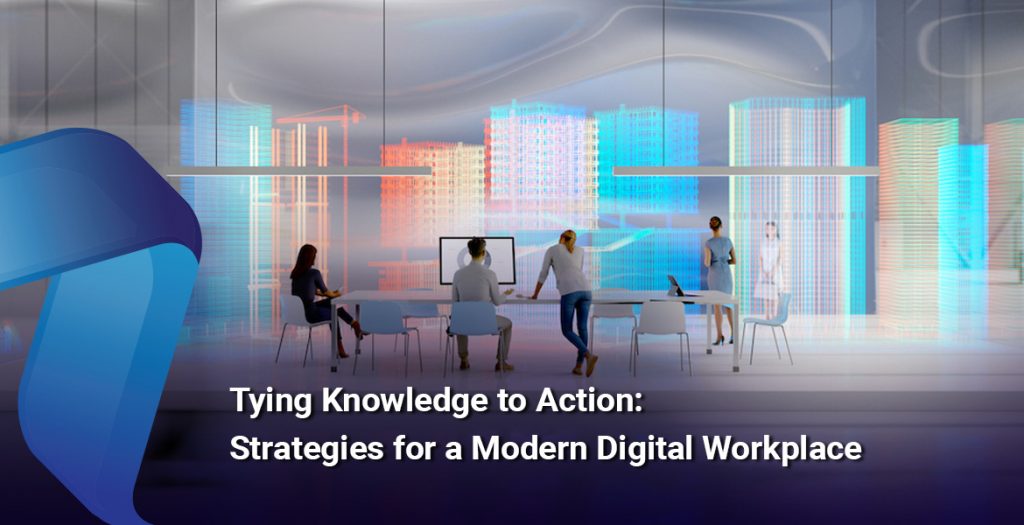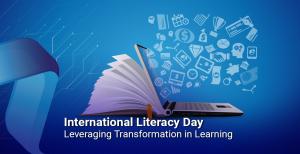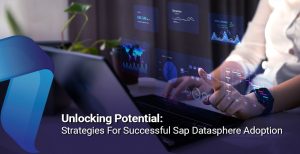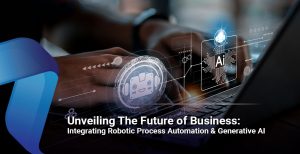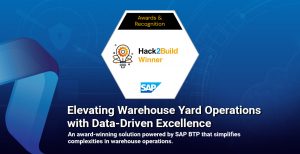With the latest surge of Omicron, it is evident that COVID 19 has become endemic. It is inevitable for organizations to streamline the workplace culture with upcoming variants. Businesses need to overhaul IT systems, upgrade processes, and stack talent benches for successful digital transformation. However, many CIOs have realized that if their employees are to offer exceptional service to their customers, they must be provided with an excellent digital workplace.
Several pieces of research predict that enterprises will spend close to USD 80 billion on digital workplace technologies in this decade.
What is the Digital Workplace?
The digital workplace is the virtual equivalent of the physical. This new digital version necessitates using tools and technology to boost employee efficiency and productivity. These digital applications are quickly becoming an integral part of today’s workplace. They can be found everywhere, from HR software to messaging apps, email to enterprise, social media platforms to internal communications apps, and even the employee intranet. These tools form the foundation of the Digital workplace’s infrastructure.
These developments impact all workers, hybrid, distant , and frontline . The move towards a digital workplace and its adoption in 2020 at pace has made this change particularly intriguing forgone optimization of the employee experience through communication and technology. While most businesses have tried to stay up with digital technology, not every company is as advanced, strategic, or aligned as it may seem.
Best Practices
Transformations towards the digital workplace do not happen suddenly. They are akin to an organizational change than merely updating a system using IT.
To successfully lead a transformation and achieve digital workplace success, business leaders must develop a strategy that meets the specific demands of their employees. This involves focusing on employees, connecting with vision of with the rest of the company through internal communications, evaluating your present technology stack, and creating a roadmap for future success.
#1: Start Focusing on Employee Needs
The consumer journey has traditionally been the core of most businesses. However, your staff is the driving force behind a pleasant customer experience. Shift from strict governance to a dynamic employee-centric approach to enhance the service provision with new services and better meet employee needs.
Start by collecting feedback, identifying difficulties, and obtaining a better grasp of how your tech stack is used to determine what they require.
The feedback can help determine what technology and processes the employees value the most. In addition, surveys and interviews can be used to provide feedback. This will help assess what challenges and barriers your employees face and better meet employee expectations if you get a holistic view of your existing work situation.
#2: Align Your Goals
After gathering employee feedback, it’s time to involve stakeholders from various business units. While the change in the workplace begins at the top, it must be accepted and agreed upon by the complete workforce. People might be resistant to change, and if they don’t grasp what’s going on, the initiatives are likely to fail. As a result, internal communication is crucial to your company’s success.
#3: Evaluate Your Present Communication Tech Stack
Siloed technology is one of the most severe obstacles to a seamless Digital experience. Workers may struggle to acquire the information they require in a well-timed manner if systems are not interconnected. Having an individual Digital platform can significantly assist in technological alignment.
The importance of communication in a Digital workplace endeavor cannot be overstated. Since you are aware of the tools and the technology most commonly utilized by the people, it will also help understand what features your employees rely on and what digital technologies they expect to use if you want to manage a long-term transition.
#4: Build a Workflow
Once you collect employee feedback, have stakeholders on board, and review your current tech stack, you are ready to design your roadmap. It is crucial to establish a timeframe for the roadmap so that all stakeholders can see the steps you need to take as a company. Your organization will be better prepared for change if you highlight when phases will begin and who will be involved at each stage.
Commit to your Digital workplace
Today, a Digital workplace is critical for enhancing employee engagement, boosting productivity, and keeping employees and customers satisfied. Your employees want the same advanced technology in the job that they use and enjoy in their personal life. Internal communications that are of high quality are at the heart of this.
It takes an employee-driven strategy to develop a great Digital workplace. It doesn’t matter how user-friendly your technology is if it doesn’t improve how the workers function.
Understanding the specific needs of diverse employees and stakeholders at your firm is one of the best strategies for a successful digital transformation. To guarantee successful rollouts and adoption, align the whole organization with your change by communicating effectively.
Learn how a digital workplace can help you lead your company into the future of Industry 4.0. Make an appointment with MOURI Tech for a demonstration today.


